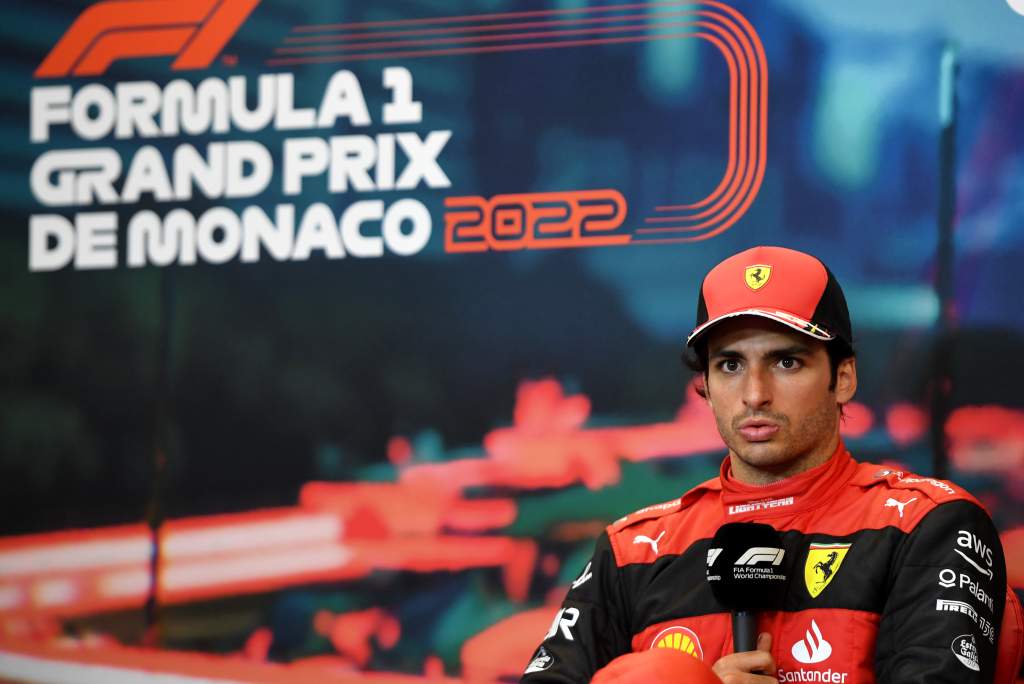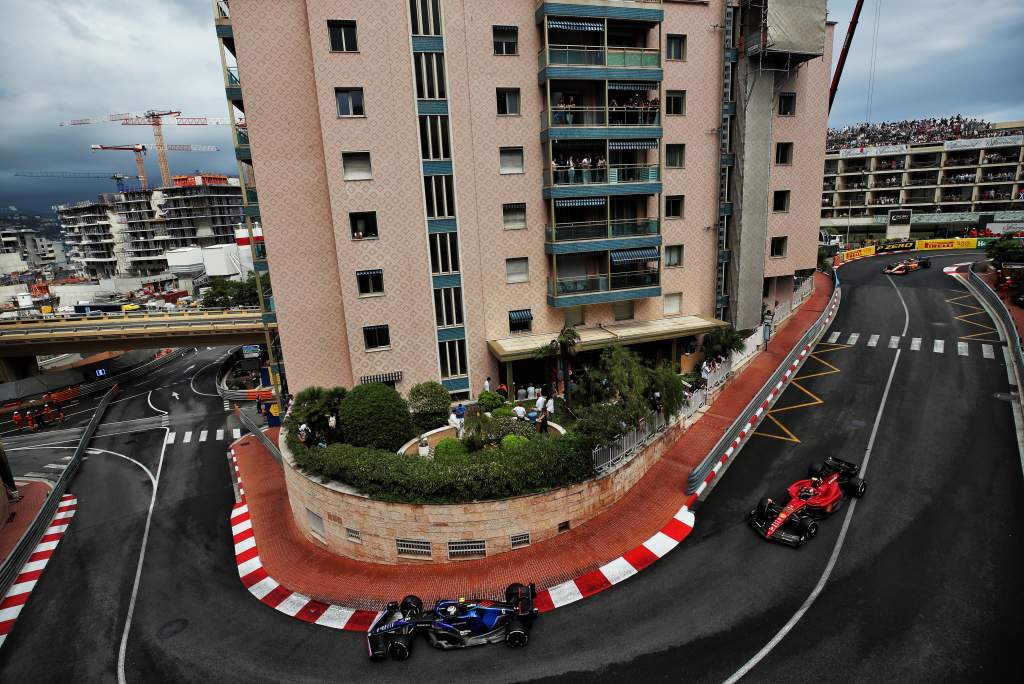Up Next

Carlos Sainz and the Ferrari Formula 1 team felt victims of double standards over the Monaco Grand Prix weekend and reckon poor blue-flag etiquette cost him victory.
Sainz was hit with a reprimand and Ferrari was fined €25,000 on Saturday for impeding Lance Stroll in final practice in an incident that prompted unusually aggressive criticism in the official stewards’ report.
In the race, 24 hours later, Sainz felt a much more serious incident of blocking occurred when Williams driver Nicholas Latifi failed to quickly respect blue flags and move aside after Sainz had emerged from the pits.
Unnecessary impeding and failing to respect blue flags are different offences, as the former tends to be policed in the interest of safety and fairness while using blue flags to order cars to move aside lapped cars is a form of race management that is almost universal in motorsport.
But Ferrari suggested they were similar enough in principle to feel aggrieved by receiving such a harsh stewards’ verdict one day and seeing another driver go unpunished after compromising its result in the grand prix itself.
“The traffic situation in Monaco is always very difficult,” said Ferrari team boss Mattia Binotto.
“And I think that radio communication is critical and not obvious. We did our best, we believe that the impeding he made was certainly not dangerous.
“We’re not too happy for the fine, we believe it was not the right choice, because we believe that as a team and driver, we did our best in order to avoid it at the time and not do anything wrong.
“We need to accept those decisions, it doesn’t mean we agree with them.”

Sainz, sitting alongside Binotto in Ferrari’s Sunday evening media briefing, chimed in with: “I cannot count the times that I got impeded in Monaco this weekend, both being dangerous and not dangerous.
“What I don’t understand is why we got fined €25,000 as a team for impeding – which I did and I accepted the blame and I apologised to Lance – and why other cases are not investigated and other people are not fined for exactly the same thing.”
Binotto then pointed out that in the grand prix both his drivers were baulked by two lapped cars – Latifi and the other Williams of Alex Albon – refusing to move out of the way.
That prompted Sainz to add: “It cost us the race and [there was] no further action. And that was proper impeding.
“This is where we want more clarity. And we want more consistency. It’s as simple as that.”
Sainz was on an out-lap and racing Sergio Perez, about to make his own pitstop, for the lead of the race and ultimately the victory.
He had extended his first stint on full wet tyres so that he could change straight to slicks and, with a clear out-lap, would likely have got ahead of Perez when the Red Bull stopped instead of rejoining just behind.

“You can understand the frustration and the feeling that I went through there, because I knew my race was all about that out-lap,” said Sainz.
“And as soon as I exited the pits, I was wheelspinning, obviously in the dry patch in the wet patch. And he [Latifi] just managed to sneak in ahead of me.
“Knowing that I was the leader of the race at that time, he could have perfectly just stayed behind me instead of overtaking me while I have to stay to the right of the yellow line.
“From there onwards, I had to follow him through Turn 3 [Massenet] to the exit of Turn 8 [Portier] – he got out of the way in the tunnel, but at that time, I had already lost the warm up of the tyre and the time to make a difference on the slick.
“I believe the slick at that point was already as quick as the inter and just because of being stuck behind the slowest car of the grid on the track at time it cost me the opportunity to stay ahead of Checo after the pitstop.
“You can imagine my frustration, you can imagine my shouting on the radio to get him out of the way.
“But for some reason it took longer than it should.”






